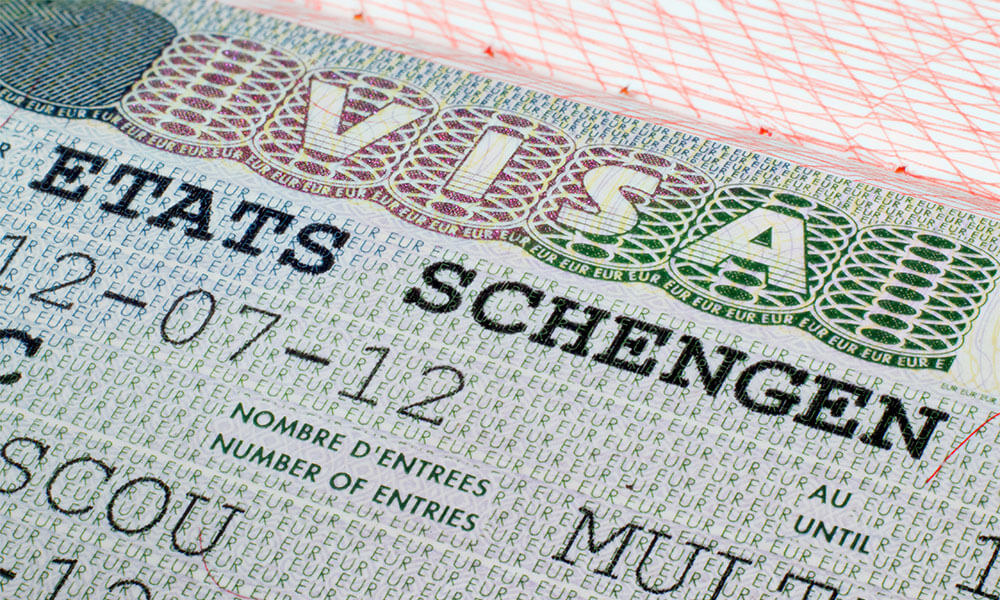
How to apply for a Schengen Visa
Going on a tour around Europe can be a dream for many Filipinos. However, this dream can easily become a reality if you successfully pass your Schengen Visa application.
But before you start your application, you first need to understand what a Schengen Visa is and what it can allow you to do.
What is a Schengen Visa?
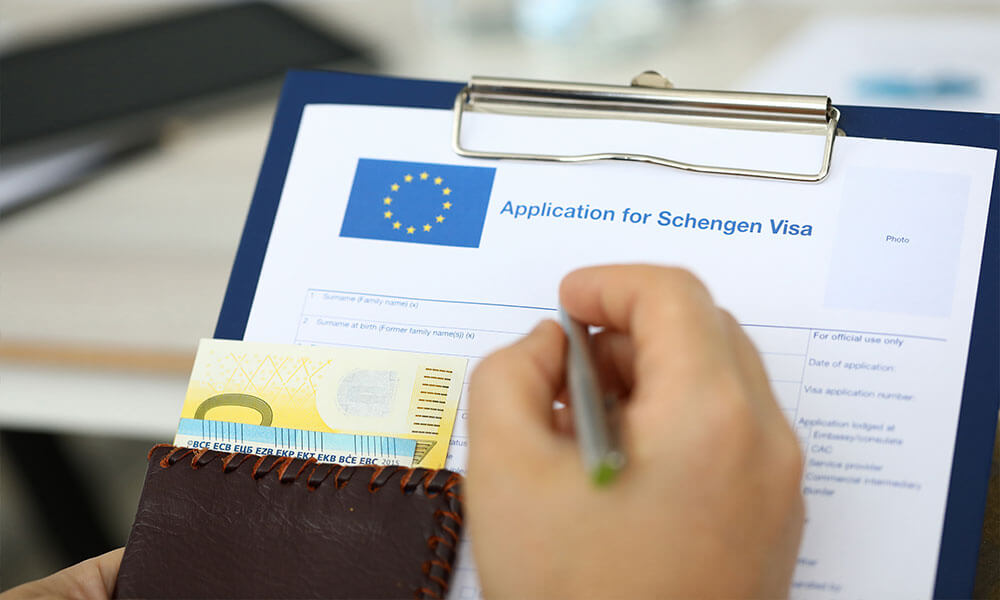
A Schengen Visa is a document that allows you to stay in any country in the Schengen zone for up to 90 days within a six month period.
With this visa, you can enter and exit through any of the 26 Schengen countries, allowing you to go on multi-day trips across the borders, sampling the delicacies and visiting historical monuments along the way.
What are the Schengen countries?

Now that you know what a Schengen Visa is, you need to plan where you’re going. There are 26 Schengen countries that will allow you to easily travel through their borders.
List of Schengen countries
| Austria | France | Latvia | Norway | Sweden |
| Belgium | Germany | Liechtenstein | Poland | Switzerland |
| Czech Republic | Greece | Lithuania | Portugal | |
| Denmark | Hungary | Luxembourg | Slovakia | |
| Estonia | Iceland | Malta | Slovenia | |
| Finland | Italy | Netherlands | Spain |
There are also several other countries you can visit whilst holding a valid Schengen Visa.
Non-Schengen countries you can visit with a Schengen Visa
| Albania | Bulgaria | Georgia | Montenegro | Serbia |
| Antigua and Barbuda | Colombia | Gibraltar | North Macedonia | Turkey |
| Belarus | Croatia | Kosovo | Romania | |
| Bosnia and Herzegovina | Northern Cyprus | Mexico | Sao Tome and Principe |
For these non-Schengen countries, the number of days you can stay will depend on where you’re travelling to and your country of citizenship. Make sure to check the travel rules of each location before you finalise your itinerary.
Who is required to file a Schengen Visa application?
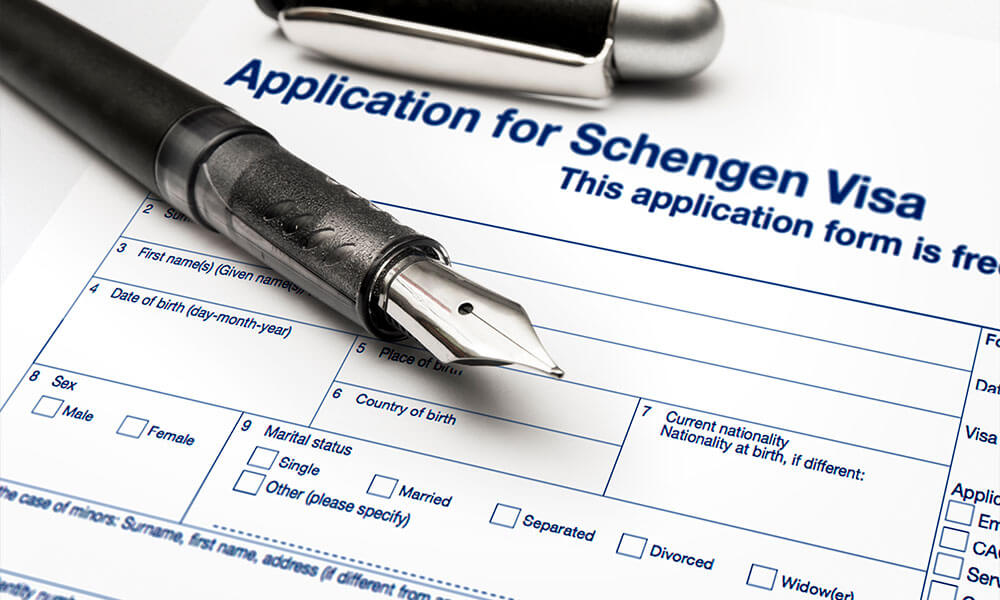
All Filipino citizens who are planning to travel to any of the Schengen countries must complete a Schengen Visa application.
The only people from the Philippines who are exempt from applying for a Schengen Visa are:
- Citizens of Schengen countries who are currently living in the Philippines
- Philippine residents who are citizens of countries that have visa-free agreements with Schengen countries. As an extra layer of security, citizens from countries with visa-free agreements with Schengen countries must input their information in the European Travel Information and Authorisation System (ETIAS), which evaluates their records and determines if they are eligible to enter the Schengen countries
Filipinos with dual citizenship must use their non-Filipino passport when travelling to be exempted from needing a Schengen Visa
What are the types of Schengen Visas?

Whether you’re a Filipino student or a diplomat, there is a specific Schengen Visa you will need to get depending on what you’ll be doing in the Schengen zone.
These are:
- Business Visa – For travellers who will be visiting a Schengen country to conduct business
- Tourist Visa – For travellers who want to visit the Schengen zone for tourism
- Cultural Visa – For cultural workers, athletes, film crews, or churchgoers looking to visit the Schengen zone to perform, shoot a film, compete, or attend a religious event
- Airport transit Visa – For travellers who only need to catch their connecting flight in a Schengen airport
- Seafarer’s transit Visa – For seafarer’s planning a five-day trip through Schengen countries and to their destination outside the Schengen zone
- Visa for official visits – For travellers who have been invited to the Schengen zone for consultations, negotiations, exchange programs, and other intergovernmental events
- Medical Visa – For travellers who need to stay in a Schengen country for up to 90 days to receive medical treatment
- Student Visa – For travellers who will be studying in the Schengen zone for three months
When should I get a Schengen Visa?

You must file your Schengen Visa application at least 15 days before your trip, but no earlier than six months before your departure.
If you’re a Filipino already living in Europe and your family are planning to visit you, it may take less time for them to get their visas if:
- You are already a citizen of an EU-member country or a European Economic Area (EEA) country
- You are an EU or EAA citizen living or going to another Schengen state that is different from your country of citizenship
- Your family will be accompanying or meeting you in a Schengen state
However, if you do not meet these criteria, you will need to thoroughly plan and prepare for your whole trip.
Think about the following:
- Which Schengen countries will you visit?
- What’s in your travel itinerary?
- What type of Schengen Visa will you need?
- Do you have enough time and funds to collect all the required documents for a Schengen Visa application?
It’s good to start considering these questions early in your travel planning to help make the process as easy as possible.
How do I get a Schengen Visa?
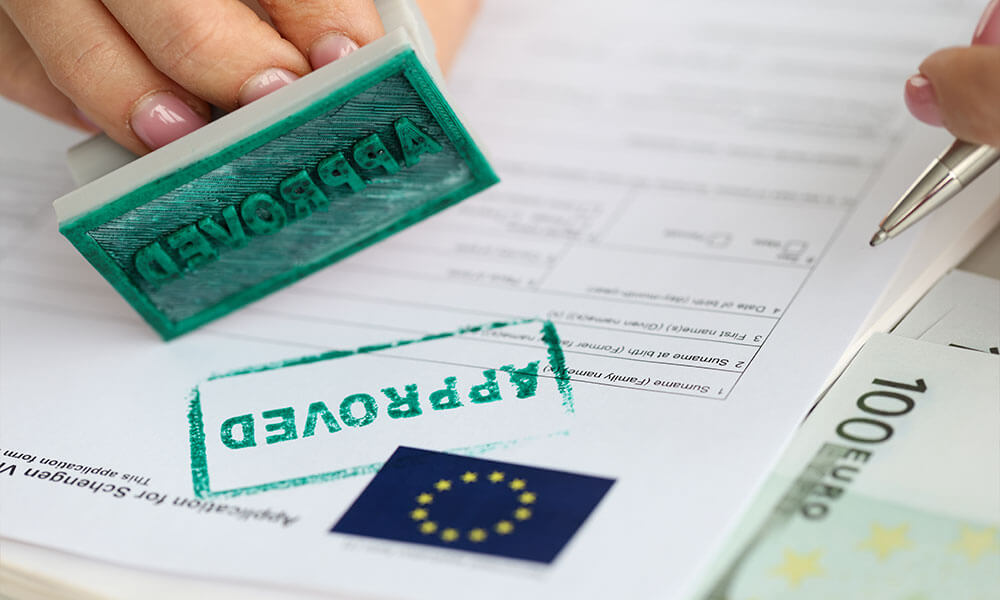
To file your Schengen Visa application, you will need to go to the consular office of the country you are planning to visit.
If you’ll be visiting more than one country, you will have to file your application in the consular office of the country where you will be staying the longest.
But what if you’ve divided your travel time equally among different Schengen countries? Don’t worry, all you’ll have to do is submit your visa application in the consular office of the first country you will enter.
Remember, these consulates must already be in the country where you are currently living. If the country you want to visit does not have a consular office in your area, call that country’s Ministry of Foreign Affairs or their Immigration Office.
To find out if your dream travel destination has a consular office in your location, check out this comprehensive list of Schengen countries’ consulates all over the world.
What documents do I need for my Schengen Visa application?
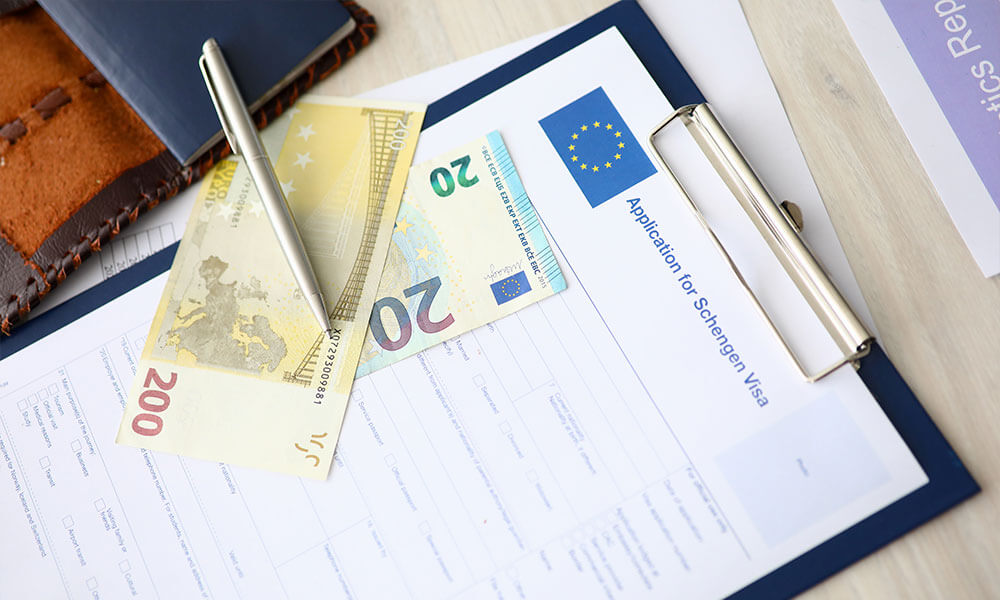
In general, you will need the following documents to complete your Schengen Visa application:
- Your completed Schengen Visa application form – Carefully and accurately fill out and sign this form
- A valid Philippine passport – Ensure that you have a valid passport before applying for a Schengen Visa
- Two copies of a recent photo of yourself – These photos should be from no longer than six months ago; avoid smiling in the photo and look straight at the camera
- Proof that you live in the Philippines – This could be a copy of your national identification card or your permanent resident visa
- A copy of your itinerary – Your itinerary should list your flight numbers to and from the Schengen Zone, your entry and exit dates, and which countries you plan to visit
- Health insurance – You should have coverage for at least €30,000 in case of emergencies. For a list of accredited Schengen insurance companies in the Philippines, click here
- Proof of accommodation – Show that you have booked a hotel, rented an apartment, or been invited to stay at a house in the Schengen zone
- Proof of funds – Prepare your bank statements, credit card statements, payslips, or any other evidence to show that you can pay for your entire trip
- Cover letter – Explain why and how long you are planning to visit the Schengen zone, and list which countries you will be visiting along with other pertinent details about your trip
- Application fee – An adult’s Schengen Visa application costs about €80 or roughly ₱5,200. For children aged 6 to 12 years old, it is €40 or about ₱2,600
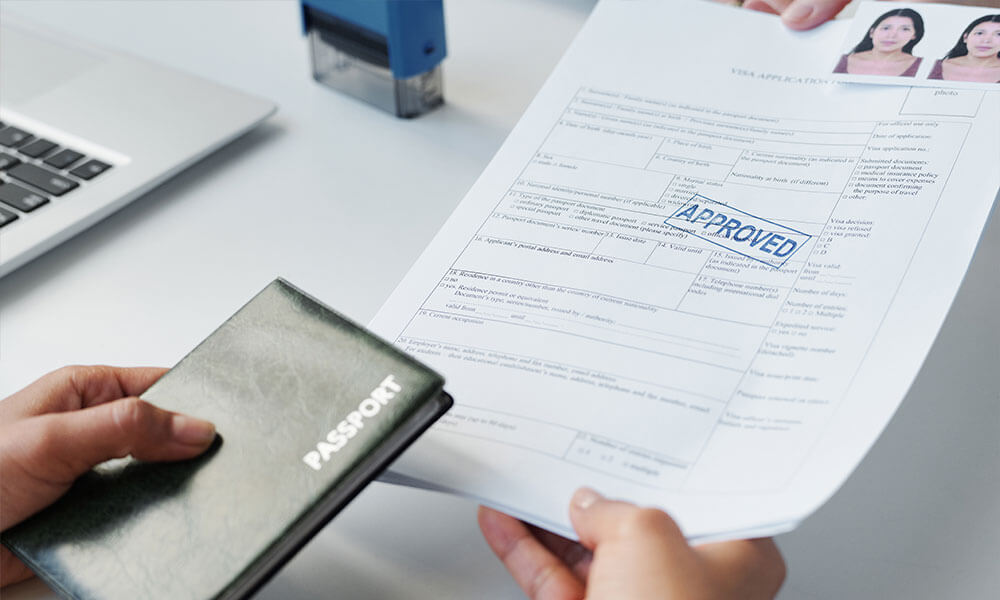
Depending on your work in the Philippines, you will also need to prepare the following documents:
- For employees
- Your employment contract
- Your bank statement covering the last six months
- A letter from your boss granting your holiday leave
- Your latest Income Tax Return
- For business owners
- Proof of business registration and licenses
- A recent company bank statement
- Your latest Income Tax Return
- For students
- Proof of enrolment
- A no objection letter from your school stating that you will be coming home to complete your course after your trip away
- For retirees
- Your pension statement from the last six months
- If you’re unemployed and married to an EU citizen
- Your spouse’s certificate of employment
- Your spouse’s valid passport
- Your marriage certificate
Send money from Europe to the Philippines
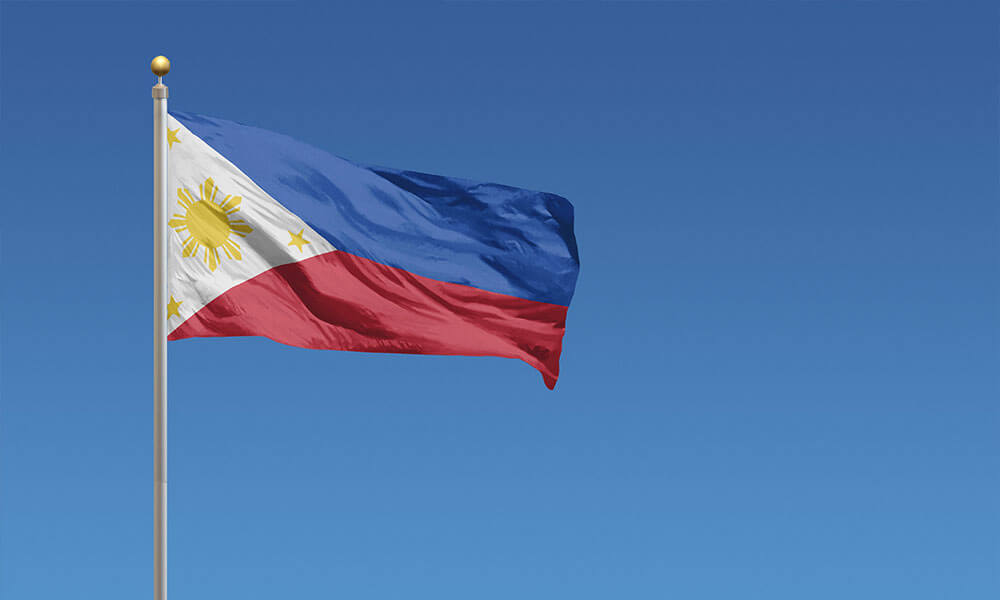
If you’re an overseas Filipino worker already living in the Schengen zone, you may wish to send money to your family back home to help fund their visit to see you. Protect your funds and use a safe money transfer app like Kabayan Remit to ensure your hard-earned cash reaches the right people.
We will soon be launching our operations in Europe, meaning OFW’s working in the relevant countries can enjoy very low fees and competitive exchange rates when sending money to the Philippines.
To learn more about the benefits you can enjoy when you send money with Kabayan Remit, click here.
